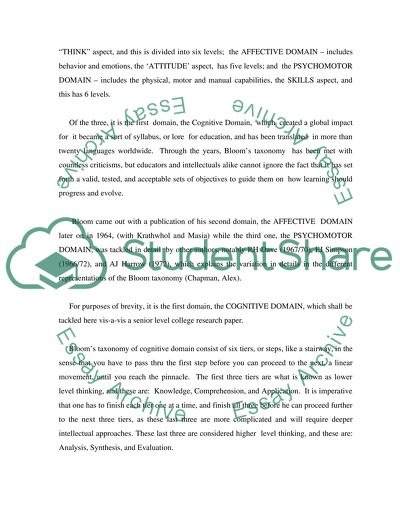Cite this document
(“Blooms Essay Example | Topics and Well Written Essays - 1250 words”, n.d.)
Retrieved from https://studentshare.org/information-technology/1430697-blooms
Retrieved from https://studentshare.org/information-technology/1430697-blooms
(Blooms Essay Example | Topics and Well Written Essays - 1250 Words)
https://studentshare.org/information-technology/1430697-blooms.
https://studentshare.org/information-technology/1430697-blooms.
“Blooms Essay Example | Topics and Well Written Essays - 1250 Words”, n.d. https://studentshare.org/information-technology/1430697-blooms.


